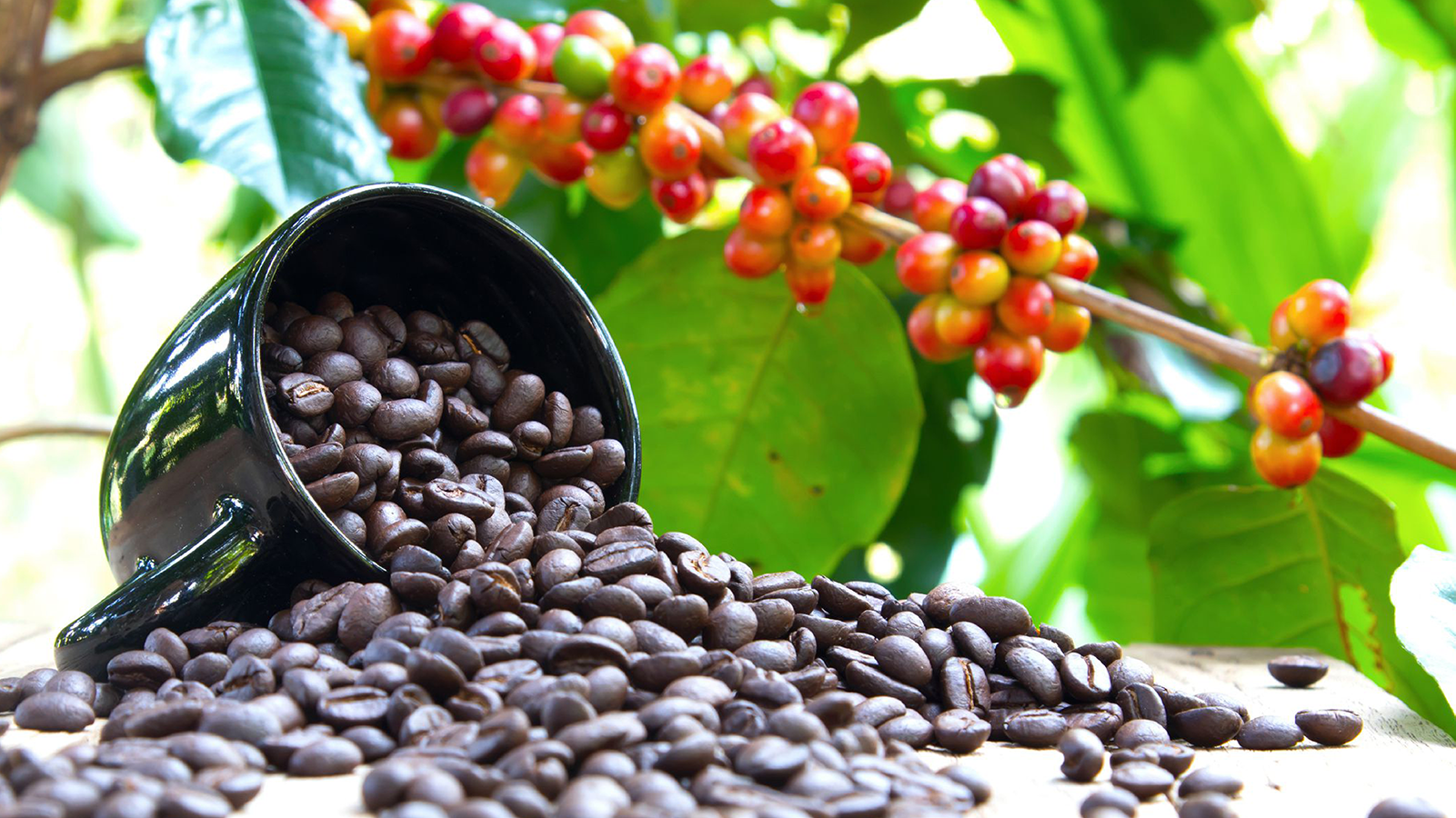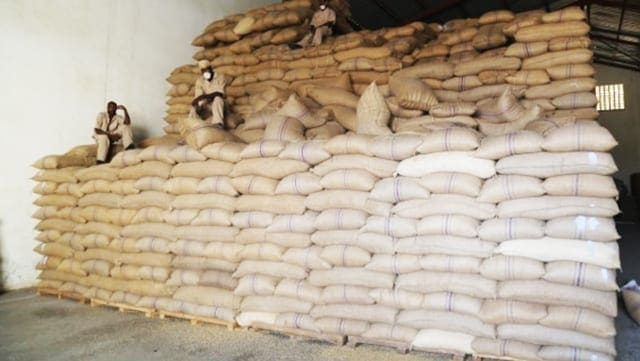TANZANIA – Fertilizer prices have nearly doubled across the globe, driven by a confluence of factors including surging input costs and supply shortages fuelled by the Ukraine-Russia conflict.
This has negatively impacted agriculture productivity, with Tanzania’s coffee industry expecting a 4 percent dip in yields to 1.15 million bags in the marketing year 2022/2023.
Additionally, the country’s coffee growing regions received below average rain during the 2021 long-rain season, as a result, coffee farms will start the 2022/23 growing season under dry conditions, further depressing yields.
While the Government of Tanzania (GoT) has sought to increase production, its efforts have mostly focused on replacing existing trees to improve yields.
In June 2021, the state announced its 2021-2025 coffee development strategy. Under this policy, the GoT plans to provide farmers with 20 million new seedlings per year, with most of these seedlings distributed to existing plantations to replace aging trees.
Looking at domestic consumption levels, USDA in a GAIN report expects it to remain steady at 75,000 bags.
Most consumers in Tanzania prefer tea over coffee due to consumer preferences and cultural tradition. Additionally, tea is typically less expensive than coffee, making it a more affordable choice for consumers.
According to the Tanzania Coffee Board (TCB), annual per capita coffee consumption is estimated at 0.06 kg and only 7 percent of Tanzania’s production is consumed domestically with the rest exported abroad.
Tanzania’s annual per capita coffee consumption is estimated at 0.06 kg
Due to decline in production volumes, the country’s green bean exports are forecast to drop by 4 percent to 1.05 million.
Tanzanian coffee is exported to Japan, the United States, the EU, Morocco, Russia, South Korea, India, Australia, and South. It also exports soluble coffee which is manufactured at a plant in Bukoba.
In neighbouring Kenya, coffee production during the period under review is also forecasted to decrease by 10 percent to 700,000 bags.
The decline in production is as a result of high fertilizer prices and the cyclical variations of the Arabica coffee, which is the main variety grown in Kenya.
Coffee is one of the country’s leading export commodities, but it is set to register a decline of 11% in export volumes to 670,000 bags due to lower production quantities.
However, in Uganda, coffee production is expected to increase by 6 percent year-on-year to 6.65 million bags, driven by a recovery in robusta production due to favorable weather and recently established plantations coming into full production.
In terms of trade, the country’s coffee export during the period is projected to jump by 6.7 percent to 6.52 million bags due to increased production.
Liked this article? Subscribe to Food Business Africa News, our regular email newsletters with the latest news insights from Africa and the World’s food and agro industry. SUBSCRIBE HERE











